Harvard University
Latest
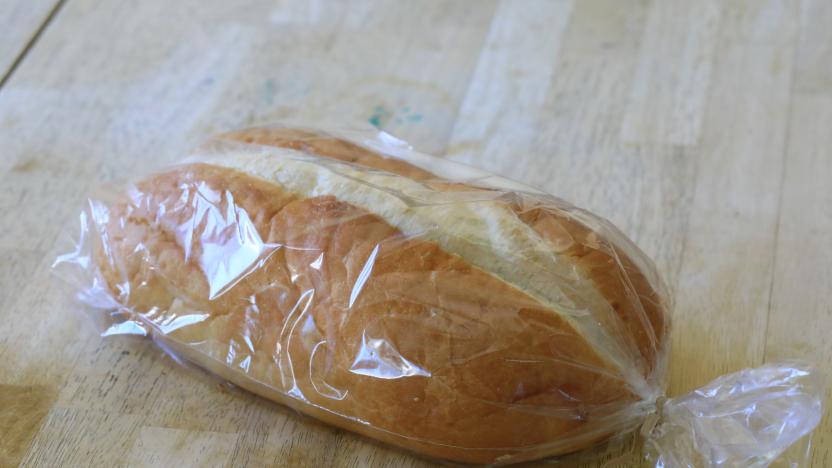
Spray-on plant coating could replace wasteful plastic food wrap
Scientists have created a plant-based coating that would be greener and safer than plastic food wrap.
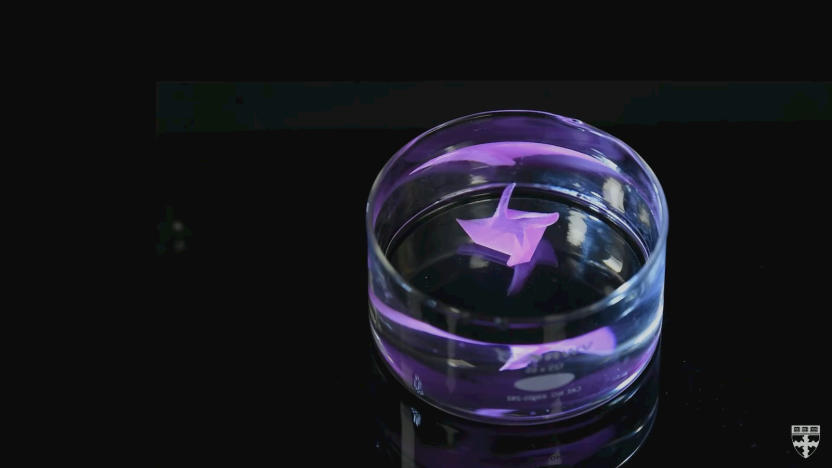
Harvard created a wool-like 3D-printable material that can shape shift
Researchers believe it could reduce waste in the fashion industry.

Researchers are using drones to study the Amazon rainforest's health
Researchers from Harvard University are using drones to better understand the Amazon rainforest. With drone-based sensors, the researchers hope to determine the unique "fingerprint" of different rainforest ecosystems. That could help them monitor the health of the forest and understand how it's responding to climate change, deforestation and fire.

Harvard's noodly robot fingers are great at grabbing jellyfish
Robots can be a bit heavy-handed. Their forceful grip might not be a problem when they're moving boxes in a warehouse, but they can damage fragile marine creatures like jellyfish. Researchers may have a solution. They've created a robotic hand with a squishy grabber and a gentle grip that uses "fettuccini-like silicone fingers" to catch and release fragile, gelatinous jellyfish.
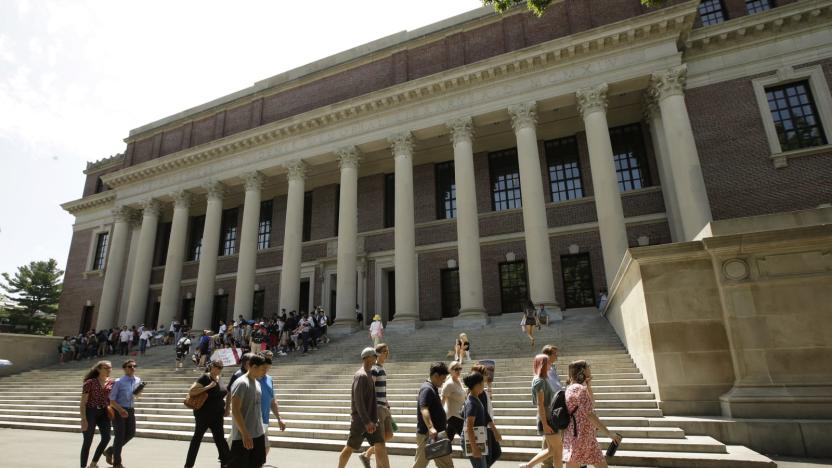
Harvard student deported based on friends' social media posts
If you thought the US' decision to screen social network posts for visa applicants risked giving innocent people the boot, you guessed correctly. US officials have deported new Harvard student Ismail Ajjawi not based on his own posts, but those on his friends list. While he said he avoided politics in his own posts, some of his contacts reportedly expressed "points of view that oppose the US." It didn't matter that he didn't interact with them -- Customs and Border Protection promptly cancelled his visa while he was still in the airport for questioning.
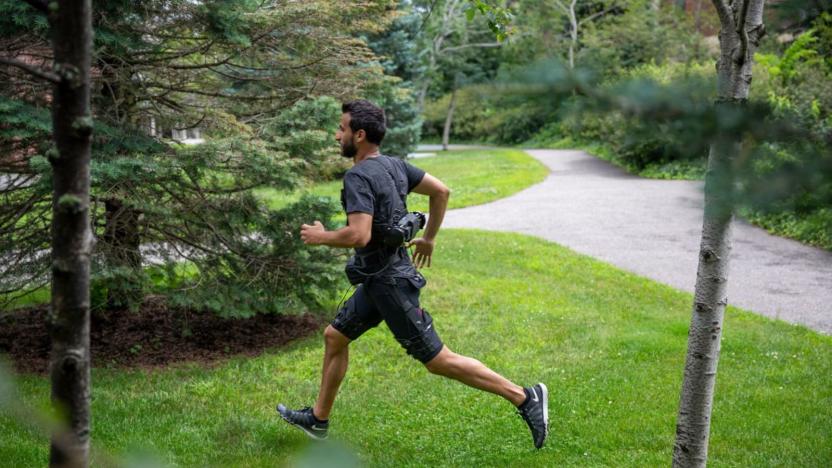
This hip-hugging exosuit uses AI to make walking and running easier
Robotic devices have been used to help people walk or run in rehabilitation settings, but until now, they've been tethered and limited to a single action, like walking or running. In a paper published in Science today, a team of researchers explain how they're going to change that. The researchers -- from Harvard University and the University of Nebraska Omaha -- have developed a portable exosuit that uses AI to assist users with both walking and running.
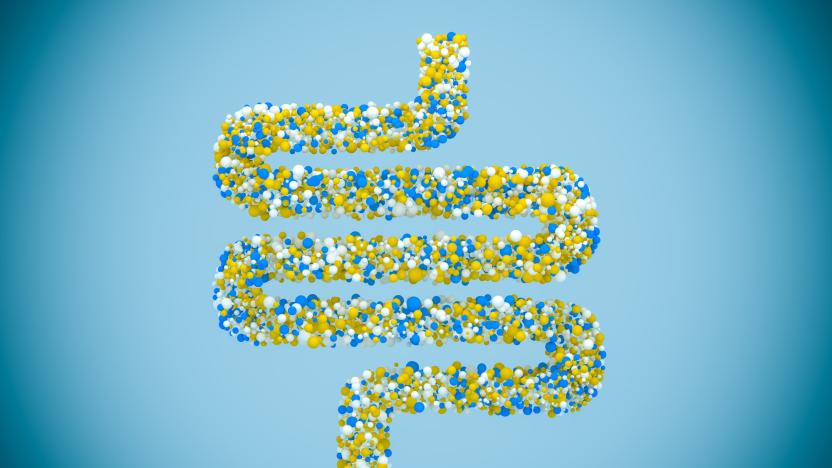
Scientists create gut gel 'band-aid' made from the body's own bacteria
If you get a cut on your skin, you stick a band-aid on it. But what if you get a wound in your gut? When doctors treat injuries to the intestines, they can't use patches or bandages because these materials don't stick to the slippery intestinal walls. Now, a team from Harvard University has come up with a solution for this problem by using the body's own bacteria in a gel form.

Tomorrow's firefighters will have near-superhuman abilities
Firefighting gear has evolved continuously since the 1600s to keep pace with the challenges that firefighters face, such as the numerous blazes that are currently ravaging Northern California. During the colonial days, structures routinely burned to the ground because firefighters simply lacked the necessary protection (any protection, really) to enter buildings and fight fires from the inside.
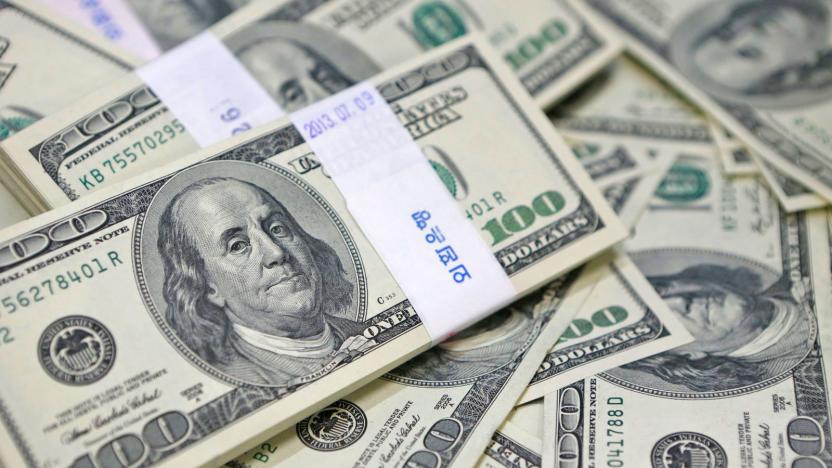
America’s cash-free future is just around the corner
Shake Shack's next burger joint at Astor Place in NYC doesn't want your money -- at least not the physical variety. In an effort to reduce the "friction time" between paying for your meal and eating it, the company plans to replace human cashiers for automated kiosks which won't accept actual bills and coins, only cards. This move is part of a global trend away from cash-based economies and towards Star Wars-style credits. But could such a monetary revolution actually benefit all Americans? Don't bet on it.
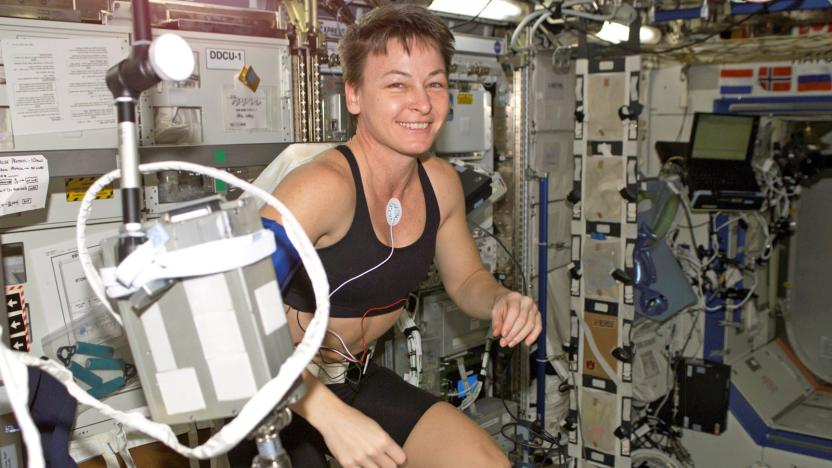
How Peggy Whitson stayed in shape for nine months aboard the ISS
Space is no place for battles of the bulge. That's why NASA insists on getting its astronauts into peak physical condition before sending them offworld. But aboard the ISS, in a living space the size of a football field, the human body will readily go to pot. So how did Peggy Whitson, the longest-orbiting astronaut in American history, manage an astonishing nine and a half months in microgravity without having her body and mind atrophy? She hit the astronaut gym. Yes, of course, there's a gym on the ISS -- just, no lap pool.
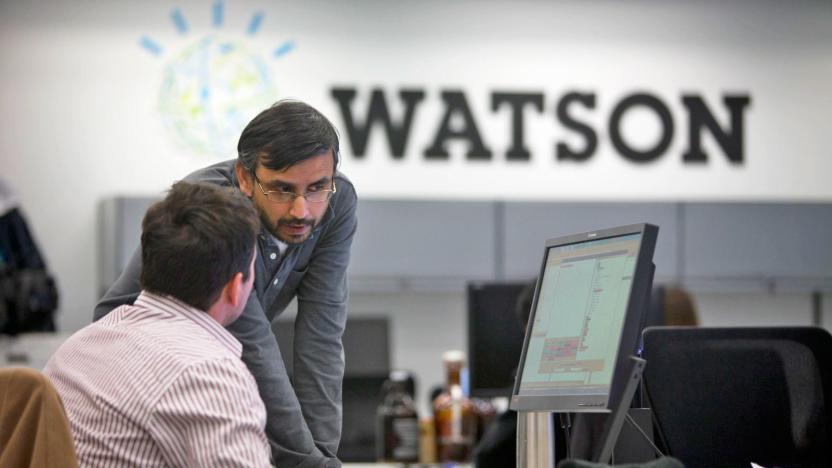
IBM is installing a Watson AI lab at MIT
Both MIT and IBM are leaders in the field of Artificial Intelligence and now they're teaming up. IBM announced on Thursday that it had reached a 10-year research partnership agreement with the university worth nearly a quarter of a billion dollars. That investment will see more than 100 researchers from both organizations collaborating to advance four key focus areas within the AI field.
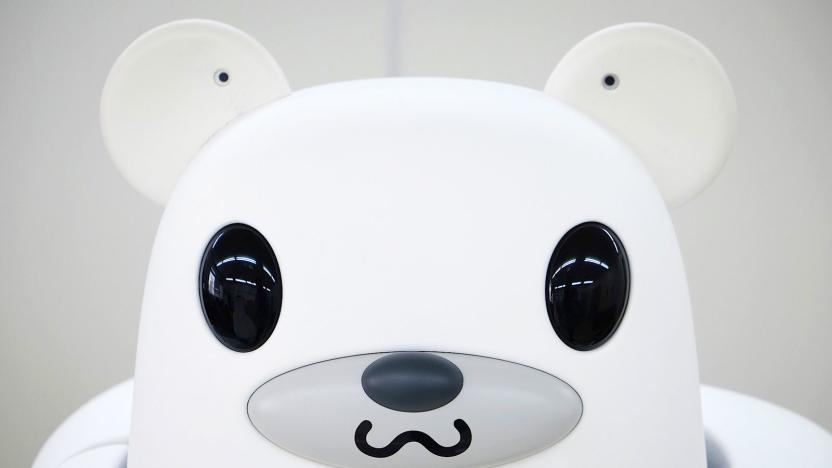
Robot bears are coming for your grandparents
Not content to simply blame millennials for killing practically everything, baby boomers are now expecting the younger generations to care for them in their agedness. The nerve. Indeed, some 13 percent of the American population is now 65 or older, though a recent report from the Pew Research Center suggests that figure will nearly double by midcentury. Given that the current annual median price of a nursing-home room is around $92,000 (and rising), and because we can't just up and dump a quarter of America at the Springfield Retirement Castle, robots will have to start lending elderly folks a hand. Because if there's anybody who inherently trusts new and confusing technologies, it's the olds.
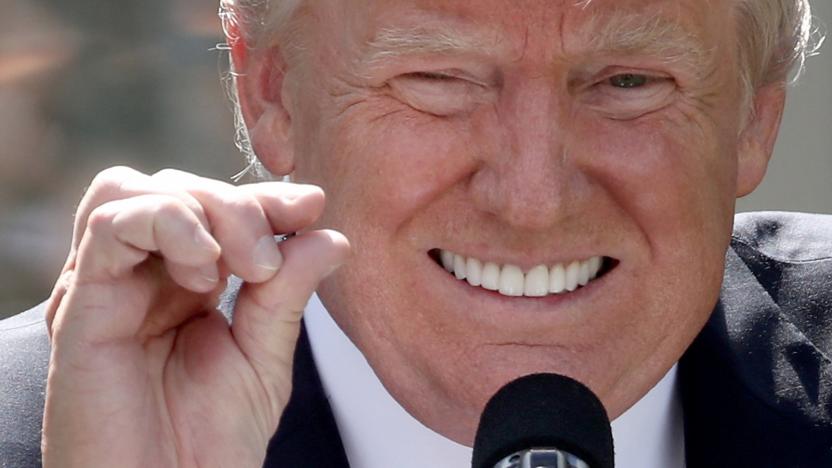
After Math: We're on our own
It has not been a proud week for America, what with the current administration randomly deciding to remove us as signatories to the Paris Climate Agreement and all. Luckily, the United States is still a nation of self-starters and problem-solvers who are willing to stand up, as 100 cities and six states across the country did on Thursday, and pledge to tackle climate change themselves -- with or without help from the Feds. They're not the only ones, researchers from Keio University have developed a pair of robotic arms to help their user out when nobody else is around while a team from Harvard University showed off robotic shorts that make you run faster. Numbers, because how else would you know which is the loneliest one?
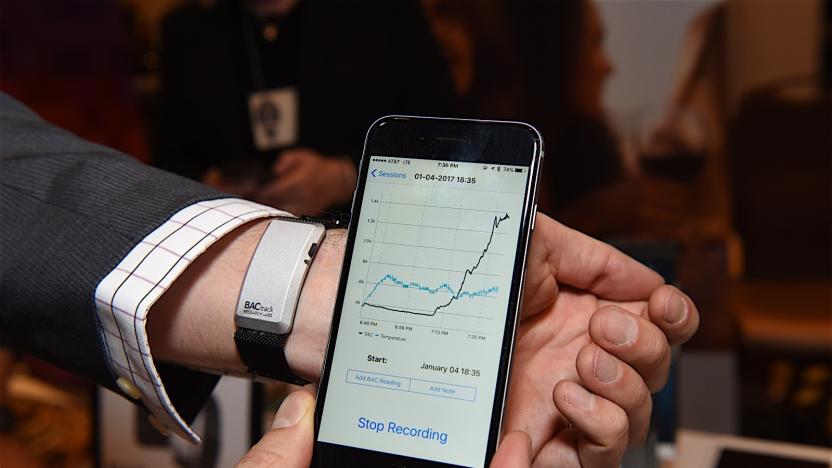
BACtrack's new wearable told me how drunk I was at CES
At 7 PM the exhibition center's doors opened and hordes of journalists broke through the velvet rope line holding them at bay. They rushed down broad, carpeted hallways, deftly ignoring the staff's pleas for calm and demands for proper identification. There was no time for pleasantries that night: It was a land rush, with limited table space and access to the precious few Ethernet connections. Welcome to the Pepcom Digital Experience, where exhibitors and reporters alike jockey for the other's attention in hopes of scooping their competition. It's madness, enough to drive a man to drink. So that's exactly what I did.

Harvard engineering class tries to make the best BBQ smoker
As part of a 14-week-long assignment, 16 Harvard engineering students were given the task to create the perfect brisket. But what did they need to do that? A really, really good BBQ smoker. To build one, Engineering Sciences professor Kevin Parker landed his class a big-name client willing to fund the project: kitchen goods retailer Williams-Sonoma. The catch? It had to outdo the Big Green Egg -- a charcoal-powered kamado-styled ceramic smoker considered to be the best in the business. And, after months of working on it, the result was The Harvard Smoker, which is designed to consistently produce the best possible brisket. The contraption's hourglass shape is meant to spread heat evenly throughout the meat, while a slew of heat sensors send temperature readings to a smartphone -- and this becomes extremely important in what's typically a cooking process that takes 12 to 15 hours.

Scientists fully decode a pair of mammoth DNA genomes
A team of Harvard Medical School geneticists have deciphered the complete genomes of not one but two individual woolly mammoths. The results, recently published in the journal Current Biology, are already providing valuable insights into how the species initially died out.

Scientists develop robotic tentacle that can pick flowers, make us thumb our collars
Okay, it's a little too late for Johnny 5's grass hopper, but thanks to new "gentle" robotic tentacles developed at Harvard University, future generations of insects could escape a similar demise. Researchers have created a new soft appendage made from flexible plastic, that uses three compartmentalized air channels to achieve a snake-like range of movement. The touch of the tentacle is so light, that it is able to pick flowers without damage. While suggested applications include working with fragile objects, or in hard to reach locations, the team also experimented by adding cameras, suction cups and -- most terrifyingly -- syringes to the tip. The only limitation, apparently, is that the air channels prevent it from being scaled down. So while our insect friends are safe from strangle-bot, we might not be so lucky.

Harvard scientists grow human cells onto nanowire scaffold to form 'cyborg' skin
Growing human tissue is old hat, but being able to measure activity inside flesh is harder -- any electrical probing tends to damage the cells. But a new breakthrough from Harvard researchers has produced the first "cyborg" tissue, created by embedding functional, biocompatible nanowires into lab-grown flesh. In a process similar to making microchips, the wires and a surrounding organic mesh are etched onto a substrate, which is then dissolved, leaving a flexible mesh. Groups of those meshes are formed into a 3D shape, then seeded with cell cultures, which grow to fill in the lattice to create the final system. Scientists were able to detect signals from heart and nerve cell electro-flesh made this way, allowing them to measure changes in response to certain drugs. In the near-term, that could allow pharmaceutical researchers to better study drug interaction, and one day such tissue might be implanted in a live person, allowing treatment or diagnosis. So, would that make you a cyborg or just bionic? We'll let others sort that one out.

Harvard makes distortion-free lens from gold and silicon, aims for the perfect image (or signal)
Imaging has been defined by glass lenses for centuries, and even fiber optics haven't entirely escaped the material's clutch. Harvard's School of Engineering and Applied Sciences might have just found a way to buck those old (and not-so-old) traditions. A new 60-nanometer thick silicon lens, layered with legions of gold nanoantennas, can catch and refocus light without the distortion or other artifacts that come with having to use the thick, curved pieces of glass we're used to -- it's so accurate that it nearly challenges the laws of diffraction. The lens isn't trapped to bending one slice of the light spectrum, either. It can range from near-infrared to terahertz ranges, suiting it both to photography and to shuttling data. We don't know what obstacles might be in the way to production, which leads us to think that we won't be finding a gold-and-silicon lens attached to a camera or inside a network connection anytime soon. If the technology holds up under scrutiny, though, it could ultimately spare us from the big, complicated optics we often need to get just the right shot.

Harvard stores 704TB in a gram of DNA, may have us shopping for organically-grown storage (video)
Early research has had DNA making circuits and little factories. We haven't really seen DNA used as a storage medium, however, and it's evident we've been missing out. A Harvard team led by George Church, Sriram Kosuri and Yuan Gao can stuff 96 bits into a DNA strand by treating each base (A, C, G, T) as though it's a binary value. The genetic sequence is then synthesized by a microfluidic chip that matches up that sequence with its position in a relevant data set, even when all the DNA strands are out of order. The technique doesn't sound like much on its own, but the microscopic size amounts to a gigantic amount of information at a scale we can see: about 704TB of data fits into a cubic millimeter, or more than you'd get out of a few hundred hard drives. Caveats? The processing time is currently too slow for time-sensitive content, and cells with living DNA would destroy the strands too quickly to make them viable for anything more than just transfers. All the same, such density and a lifespan of eons could have us turning to DNA storage not just for personal backups, but for backing up humanity's collective knowledge. We're less ambitious -- we'd most like to know if we'll be buying organic hard drives alongside the fair trade coffee and locally-sourced fruit.







